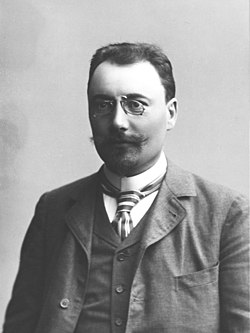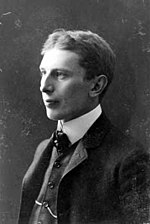


The Golden Age of Finnish Art coincided with the national awakening of Finland, during the era of the Grand Duchy of Finland under the Russian Empire. It is believed to span an era from the late 19th Century to the early 20th Century, approximately 1880 to 1910. [1] The epic poetry form known as Kalevala, developed during the 19th Century, provided the artistic inspiration for numerous themes at the time, including in visual arts, literature, music and architecture; [2] however, the "Golden Age of Finnish Art" is generally regarded as referring to the realist and romantic nationalist painters of the time. [3] Notable figures of the time include Akseli Gallen-Kallela, Pekka Halonen, Albert Edelfelt, Jean Sibelius, Eino Leino, Helene Schjerfbeck, Emil Wikström, Eero Järnefelt and Eliel Saarinen.
Contents
Finnish art became more widely known in Europe at the Paris Exposition of 1900, where the Finnish pavilion was one of the most popular among the attendees. [4]

![Francesca (fi), Vaino Blomstedt [fi], 1897 Vaino Blomstedt - Francesca (1897).jpg](http://upload.wikimedia.org/wikipedia/commons/thumb/1/17/V%C3%A4in%C3%B6_Blomstedt_-_Francesca_%281897%29.jpg/250px-V%C3%A4in%C3%B6_Blomstedt_-_Francesca_%281897%29.jpg)

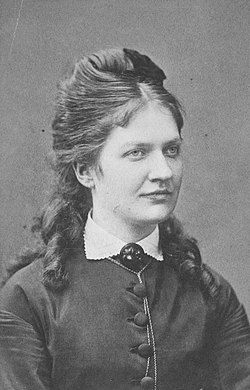











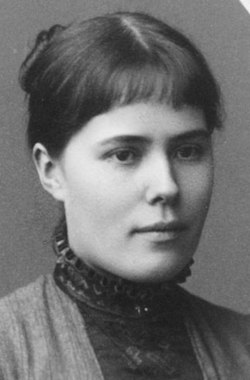

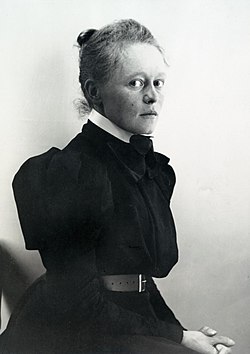













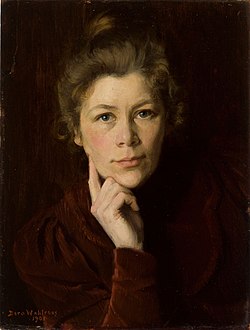












![Imatran Valtiohotelli [fi]) by Usko Nystrom, 1903 Imatrankoski Valtionhotelli ilma.jpg](http://upload.wikimedia.org/wikipedia/commons/thumb/d/dc/Imatrankoski_Valtionhotelli_ilma.jpg/250px-Imatrankoski_Valtionhotelli_ilma.jpg)
![Koivisto Church [fi] by Josef Stenback, 1904 Koivisto church.jpg](http://upload.wikimedia.org/wikipedia/commons/thumb/b/b2/Koivisto_church.jpg/250px-Koivisto_church.jpg)
![Pallas Building [fi] by Valter Thome, 1907 Pallas Oulu 20160703.jpg](http://upload.wikimedia.org/wikipedia/commons/thumb/b/bf/Pallas_Oulu_20160703.jpg/250px-Pallas_Oulu_20160703.jpg)
